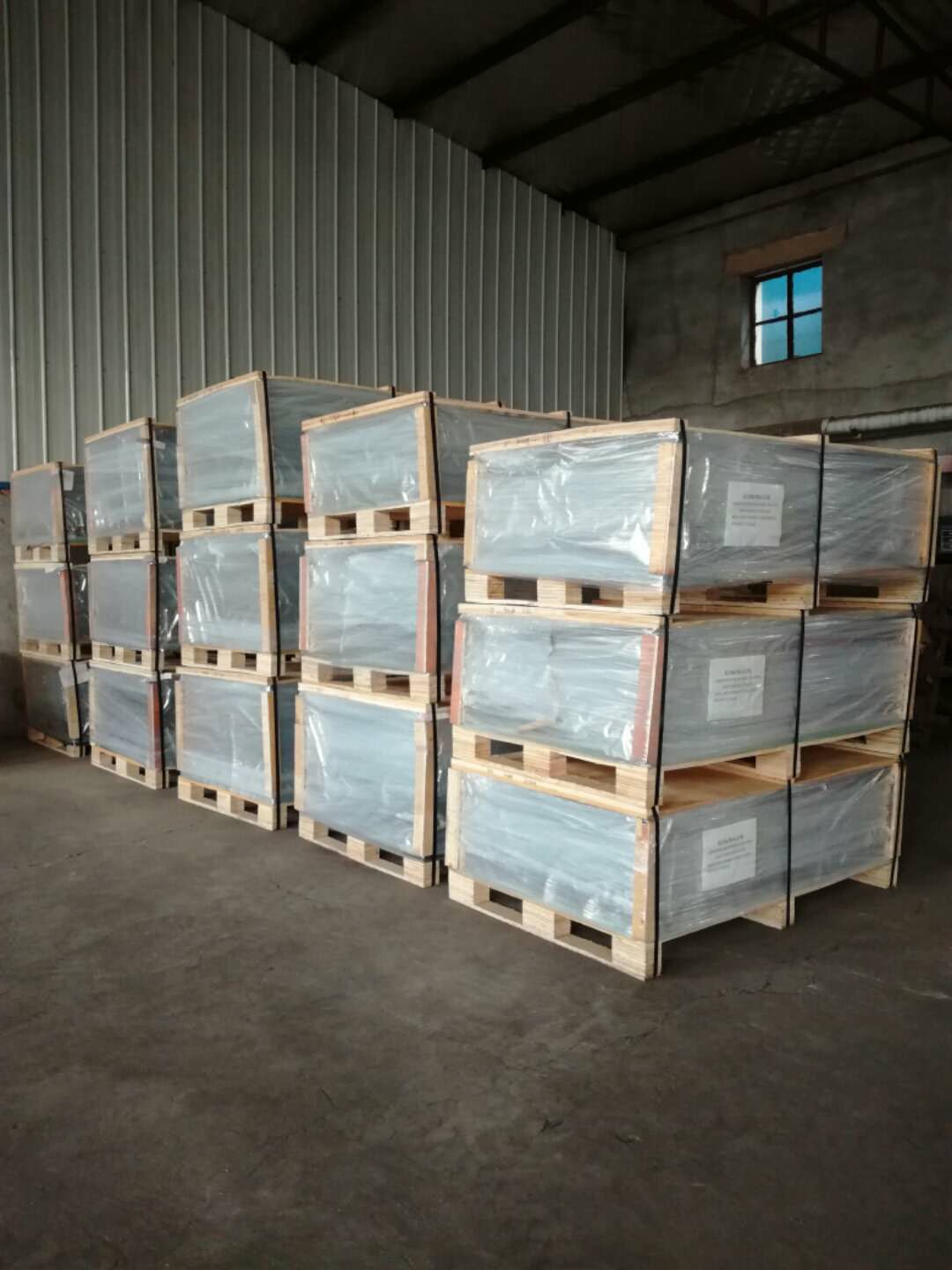Soft bed is a kind of product commonly used in modern home textiles. Because of its softness and comfort, it is very popular, but the production process of soft bed is quite complicated. The soft bed is mainly composed of three parts: frame, filler and fabric. In the entire production process, the production process of these components must not be less. What are the main production processes for soft beds? Today Xiaobian is here to analyze and explain the following for you, hoping to help more people know about household products such as soft beds. Soft bed main production process steps and processes: 1. Batching process: The material of the soft bed frame is mostly plate, and the straight type plate is cut with a cutting saw. The medium bed of the soft bed frame can be made of medium density fiberboard, because the medium density fiberboard has the advantages of large format and high output rate, especially for curved parts. Significantly, in this process, clear and correct ingredient list, discharge plan, and template of curved parts are the main measures for rational use of materials and improvement of work efficiency. 2. Assembly framework: The prepared plate, the bent piece, the square material are combined into a frame, and the bottom plate is sealed. Frequently collecting the fasteners that are used for the soft bed frame, and subtly selecting the fastener information, can have a multiplier effect on the assembly frame. The finished soft bed frame should pay attention to its quality, and the size of the frame for mass production meets the requirements, and the error of the size causes trouble to the assembly process. The strength of the frame should meet the requirements. At present, the frame structure of the soft bed is based on experience. In fact, the frame material can be reduced or the strength can be further improved by optimizing the treatment. 3. Sponge preparation: According to the size and size required for the bill of materials, the scribing and cutting sponges should be attached to the sponges with complex shapes and sleeves for easy construction. 4, paste the frame: The elastic band, the gauze, the adhesive thin or the thick sponge on the frame prepare for the suede process and reduce the amount of work in the suede process. In this process, there are corresponding requirements for the specifications, quantity, tensile value and cross-order of the elastic band, which will affect the comfort and durability of the soft bed. 5, jacket cutting: According to the requirements of the ingredient list, cut according to the sample. Check the natural skin sheets one by one, avoiding scars and defects. Synthetic materials can be cut into strips by electric cutting, and the precious natural skin sheets can be reasonably utilized, and the materials can be used to eliminate the use of large materials. The outer casing cutting is a control point of production cost. 6, assembly (skin): The affixed frame, the finished inner, outer jacket, various accessories and accessories are assembled into a soft bed. The general procedure is to nail the inner sleeve on the frame with the sponge attached, then put on the outer sleeve and fix it, and then install the decorative piece, the nail base cloth and the foot. 7, inspection and storage: After the product has passed the inspection, it can be packaged and put into storage. Concerned about surprises Label: What are the main production processes of soft beds? Previous: Working principle and classification of bag filter Next: How to check the acceptance of integrated ceiling?
NY510 Oil-Resisting Asbestos Rubber Sheet
Description:NY510 Oil-Resisting Asbestos Rubber Sheet oil resistant material of the highest quality composed of long grade chrysotile asbestos fiber with NBR binder.It can be with wire inserted and graphited on one side or double sides surface.
Usage:NY510 Oil-Resisting Asbestos Rubber Sheet suitable for the mediums of temperature under 510℃,pressure under 5.0MPa in kerosene,mineral oil,plant oil,hot chemical solvent oil,etc transmitted in the joints of facilities and pipelines.
TEMP:510℃(max)
PRESS:5.0MPa(max)
Dimension:1540x1360mm(recommend)
4100×1500mm; 4500 x 1500mm;2000×1500mm;
1500×1500mm;1500×1000mm;1270×1300mm; 3810×1300mm
Thickness: 0.5~6.0mm
Technical data:
Lateral Tensile Strength MPa ≧18.0
Compressibility % 7~17
Recovery% ≧50
Density g/cm³ 1.6~2.0
Normal temperature softness No cracking
Oil Resistivity Test:
Immersion IRM903 Oil keeping 5h (149℃)
Lateral Tensile Strength(MPa) ≥ 15.0
Weigh gain rate(%) ≤30
Immersion ASTM Fuel Oil B keeping 5h(21-30℃)
thickening rate (%) 0~20
Oil sealing properties under normal Temperature
Medium:RH-75 Avgas
Pressure: 18Mpa No leaking keeping 30 minutes
Nitrogen Leakage Rate ML/(h•mm)≦300
NY510 Oil-Resisting Asbestos Rubber Sheet Ny510 Oil-Resisting Asbestos Rubber Sheet,Oil-Resisting Asbestos Rubber Sheet,oil resistant gasket rubber sheet,Oil-Resistant Jointing Gasket Sheet HEBEI HENGDA SEALING MATERIALS CO.,LTD. , https://www.hengdasealing.com
